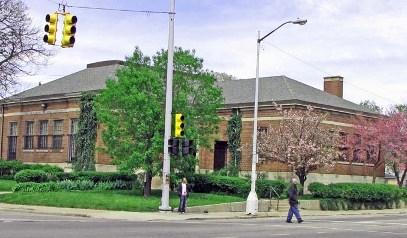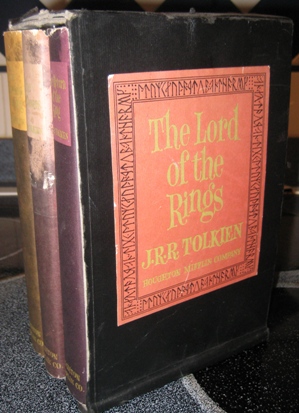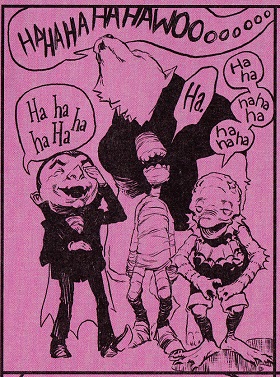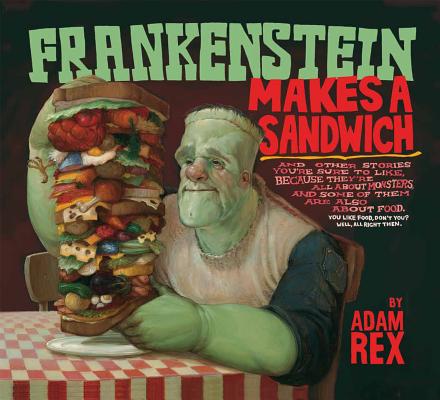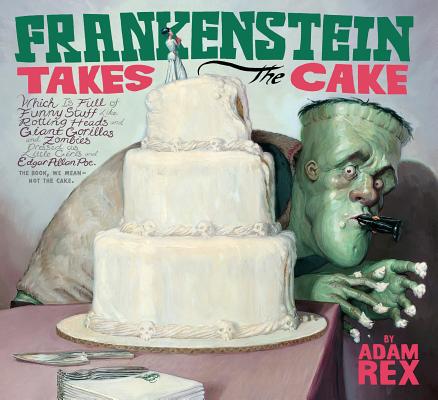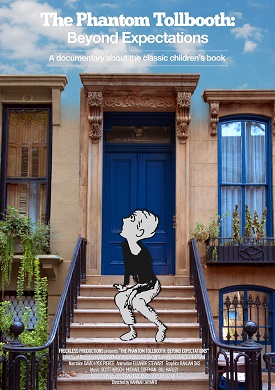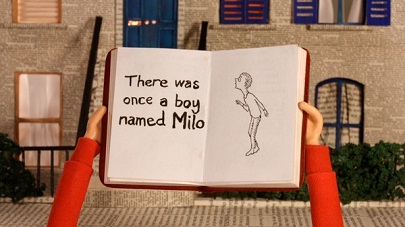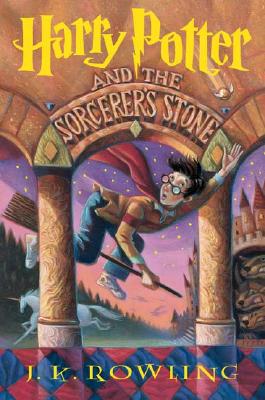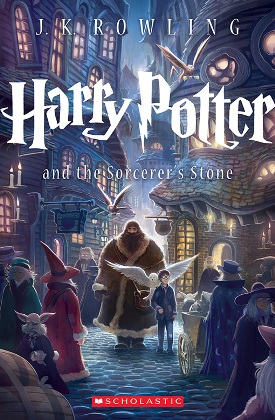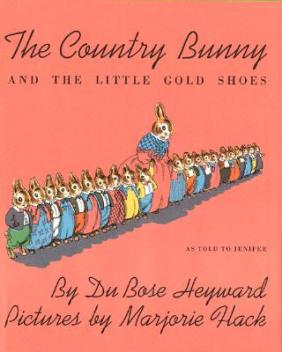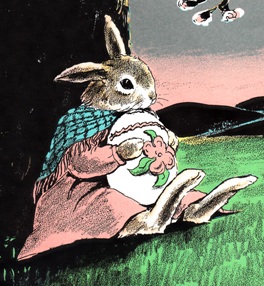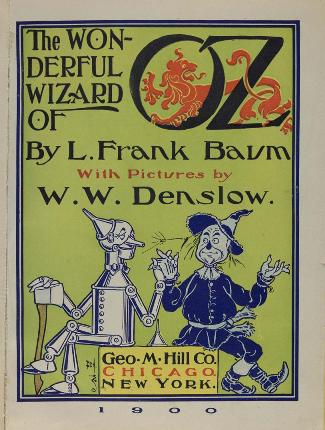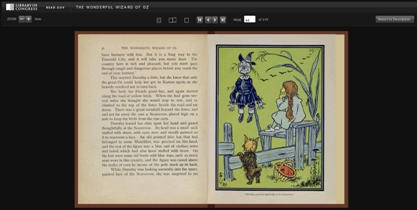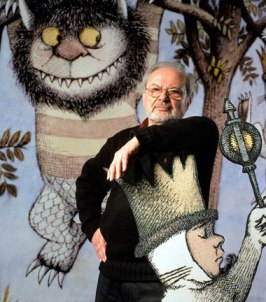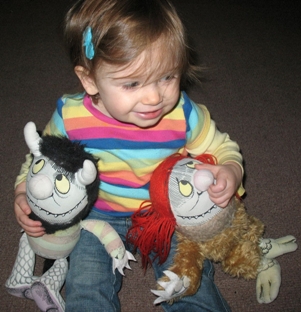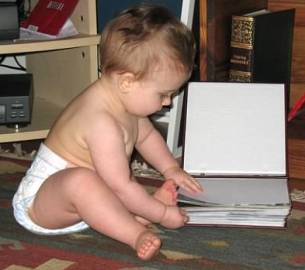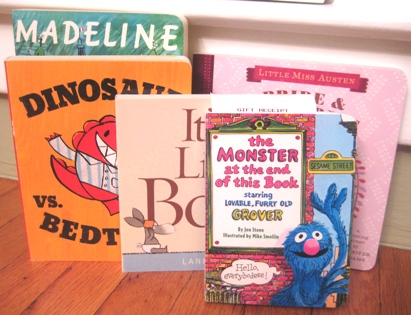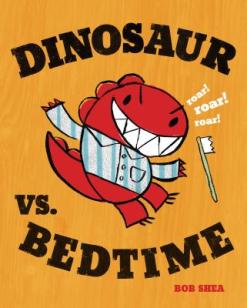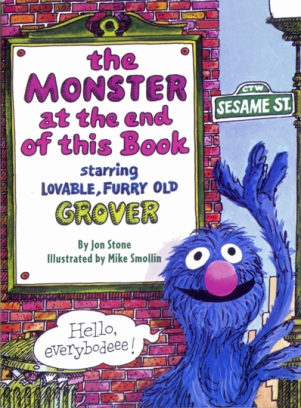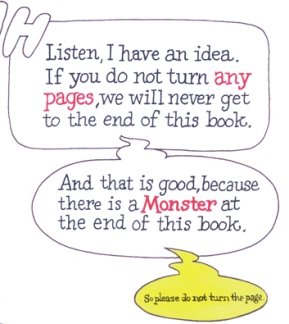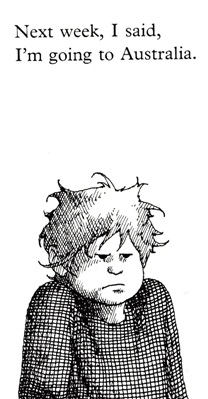With Father’s Day hitting this Sunday, it inevitably got me thinking about my dad, specifically about my dad and reading. My dad died when I was ten. A huge portion of my memories of my father involve watching him read. My dad read ALL THE TIME. He would take piles of books out from the library and sit on our couch, all day and night, and he would read and read and read. He would chain-smoke Benson & Hedges 100s while he read and he would never, ever return those books to the library.
NEVER.
We had mountains of past-due library books in every room in our house, topped with sliding whitecaps made from all of the overdue penalty slips that arrived in our mailbox every day, begging us to return all of the publically-owned books we were hoarding. Those slips were largely ignored.
My dad loved our local library and so did we. And the librarians loved my dad. He was well-read, charming, had an adorably thick Scottish brogue, and always treated the librarians with respect, which is ironic, given how little respect he paid the library’s return policy.
I have vivid memories of driving carloads and carloads of long-hoarded books down to Detroit’s main library branch after – if I’m remembering correctly – some kind of legal action was finally threatened. Fortunately, a friend who worked in the library system “fixed” the problem for us, but only after we did our best to return as many of the ill-gotten books as we could. I remember us meeting him after-hours at a side door of the main branch and just throwing what looked like hundreds of books onto carts, so he could log them back into the system and prevent the library police from taking my dad away to the overdue debtor’s prison. (At least, that was how it felt at the time.)
In retrospect, I am struck by three main thoughts about our long period of familial library larceny.
#1). That was just crazy behavior. Crazy. Seriously, who does that?
#2). I can’t help but wonder if that whole mess was even a partial inspiration behind my own desire to create such a large “bought-and-paid-for… look, I even have the receipts!” home library for my daughter.
And, #3). I wonder if that’s why I never had any books that belonged to my father.
Because, even though you could easily describe my father as a voriacious reader, after he died (which wasn’t that long after our “Great Midnight Library Return” adventure), we barely had any of “his” books left in the house. I’m a person who owns a lot of books. If you went through my bookshelves at home, you’d find an odd mix of titles, but you’d also find copies of every book that ever really MEANT something to me. So, with that in mind, it feels very odd to me that my dad, who also, apparently, treasured books, didn’t do the same thing.
Now my father grew up really poor in Scotland and we were pretty broke when I was a kid, so maybe book-ownership was just an extravagance that he simply didn’t have. Maybe he relied on public libraries completely to supply himself with books, which makes for a nomadic reading existence, because, eventually, you have to give those books back. (No matter how hard we fought to prove that rule wrong.) But it always felt unusual to me that my father, the big reader, left such a non-existent book footprint in our home. There was no “Robbie Burns Memorial Library” left on our bookshelves after he was gone. (On the flip side of that, after I die, my daughter is going to be stuck with figuring out what to do with forty different copies of The Hitchhiker’s Guide to the Galaxy.)
BUT that book footprint got a little more distinct last year when my mother moved out of my childhood home after living there for thirty-six years. As I was helping her clean out our house, she pulled a very dusty box-set of three books off a high shelf. It was a 1965 edition of the Lord of the Rings trilogy by J.R.R. Tolkien. In the decades I’d lived in that house, it was the first time I ever noticed them.
“These were your dad’s,” my mom said. “They were a gift from his friends.” She opened to the title page of Return of the King and showed me the inscription – “To Robbie from the Boys – June 1973.” [read the rest of the post…]
{ 6 comments }

